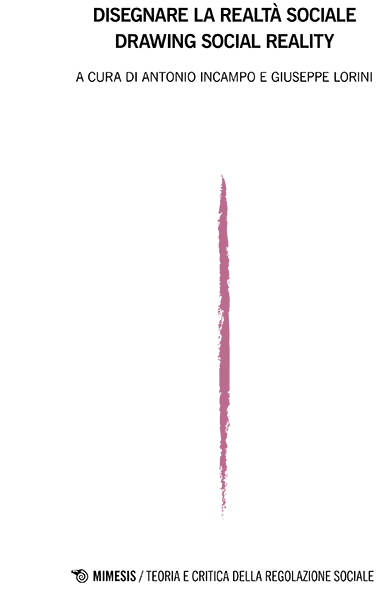Abstract
The use of drawings within legal institutions or practices plays several functions, such as: (a) to state norms or constitute legal states of affairs (e.g. traffic signals, city plans, boundaries institutive acts); (b) to identify a specific object to which legal states of affairs are mobilized or legal relationships are involved (e.g. real estate contracts, cadastre); (c) to make recognisable a specific legal object (e.g. banknotes, stamps). All these instances have in common that the drawing is an element of a documentary technique by which a legal practice is made. Given the above, the present work aims at highlighting the specific role played by documents – because of its structural and functional features – in the construction of legal reality, namely allowing some legal practices to materially operate; without documents, other practices couldn’t even be conceived without documents.
Parole chiave: Social Ontology; Graphic Norms; Documents; Document Acts; Documentality
Indice: 1. Disegni e diritto – 1.1. Disegni che esprimono norme – 1.2. Disegni che individuano beni oggetto di norme – 1.3. Disegni che identificano oggetti giuridici – 2. Disegni e documenti – 2.1. Funzioni del documento – 2.2. Struttura del documento – 3. Documenti e diritto – 3.1. Ruolo (quantitativo) del documento nel piano regolatore – 3.2. L’ambiguo caso dei contratti immobiliari – 3.3. Ruolo (qualitativo) del documento nella segnaletica stradale – Riferimenti bibliografici

